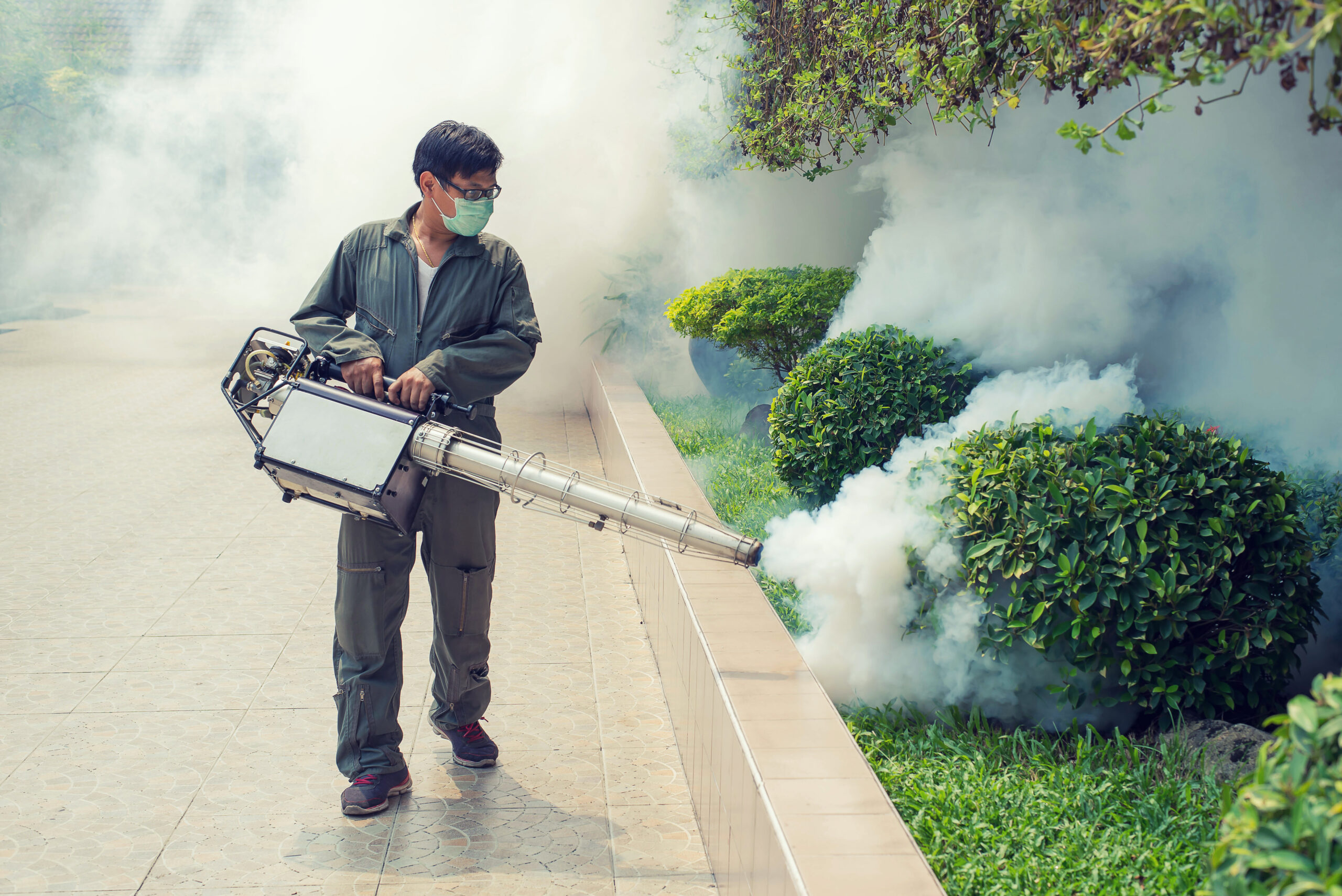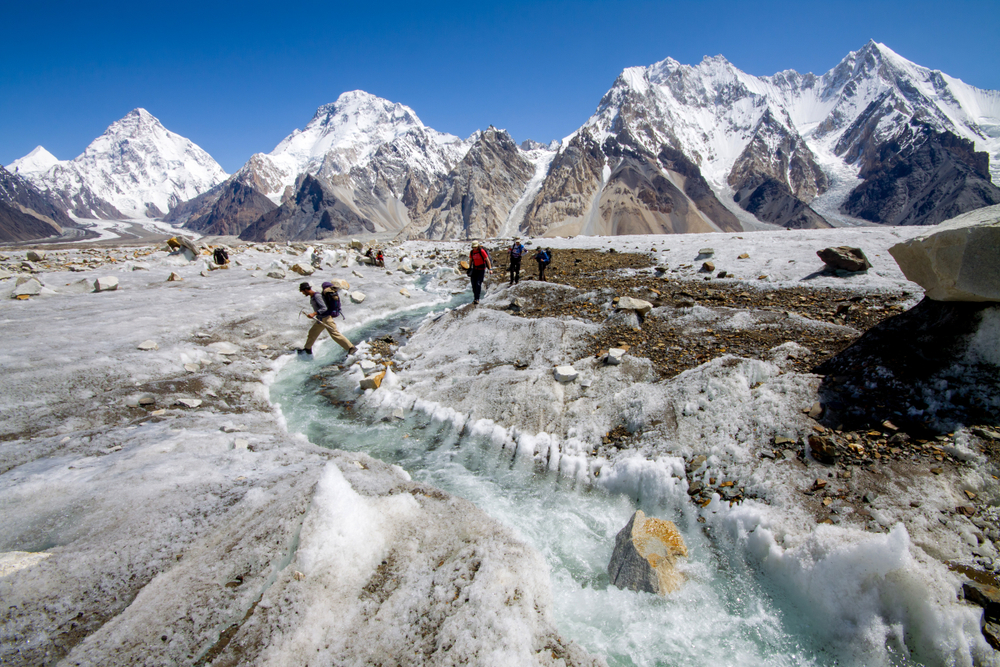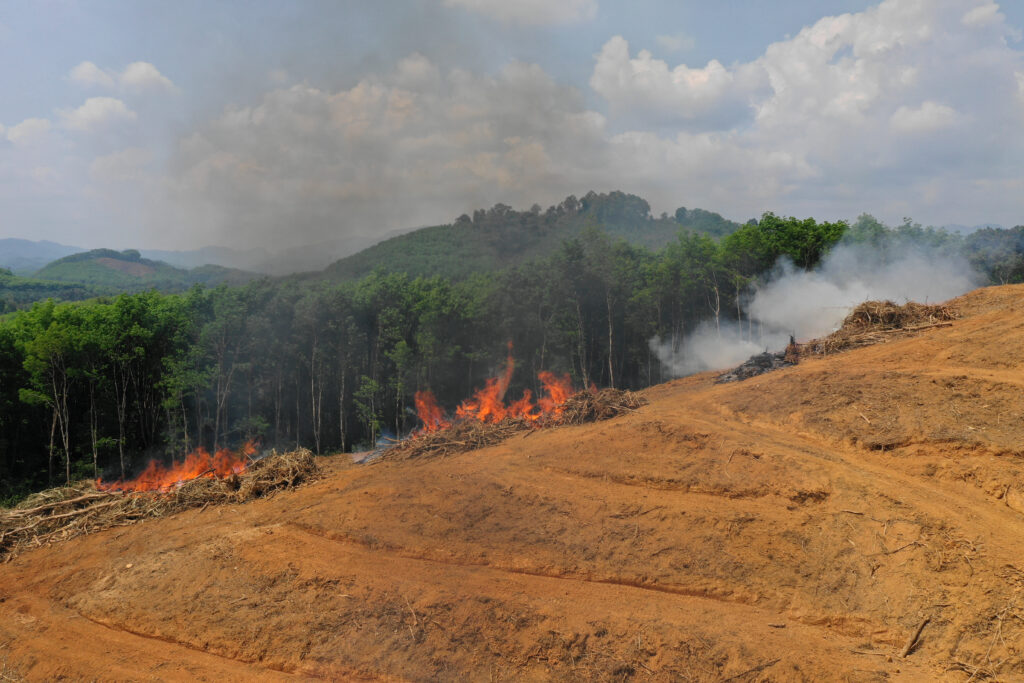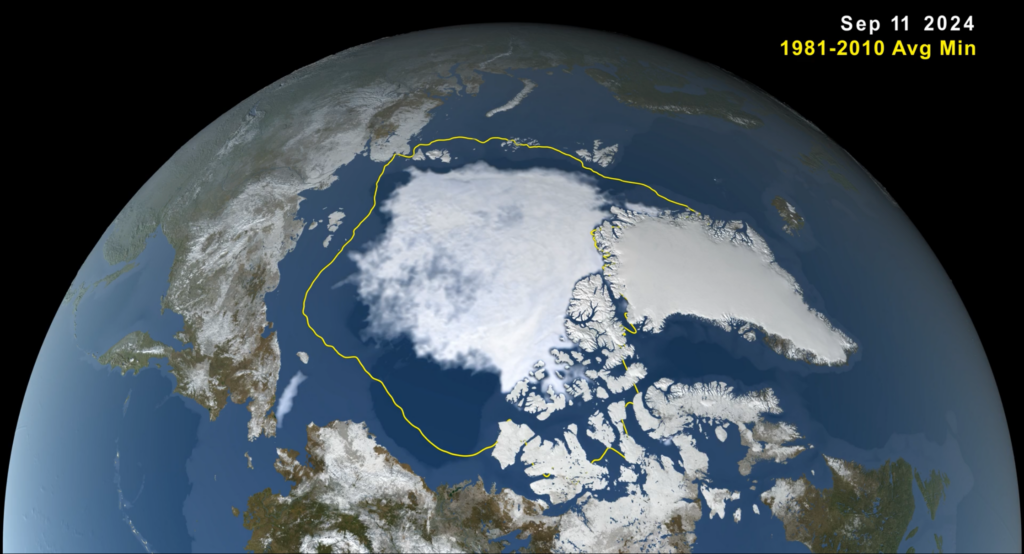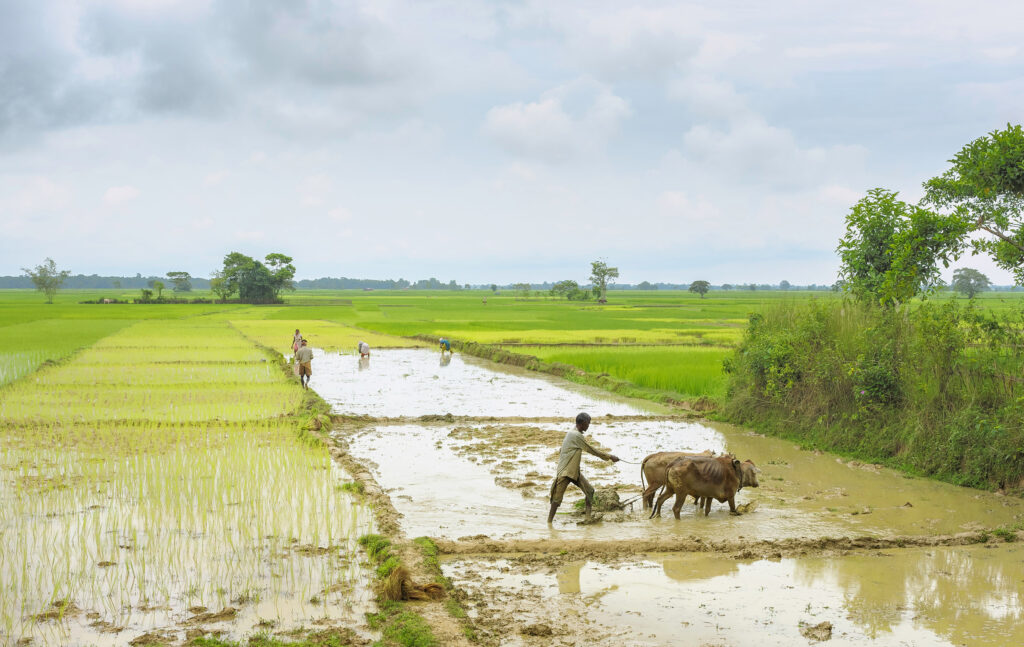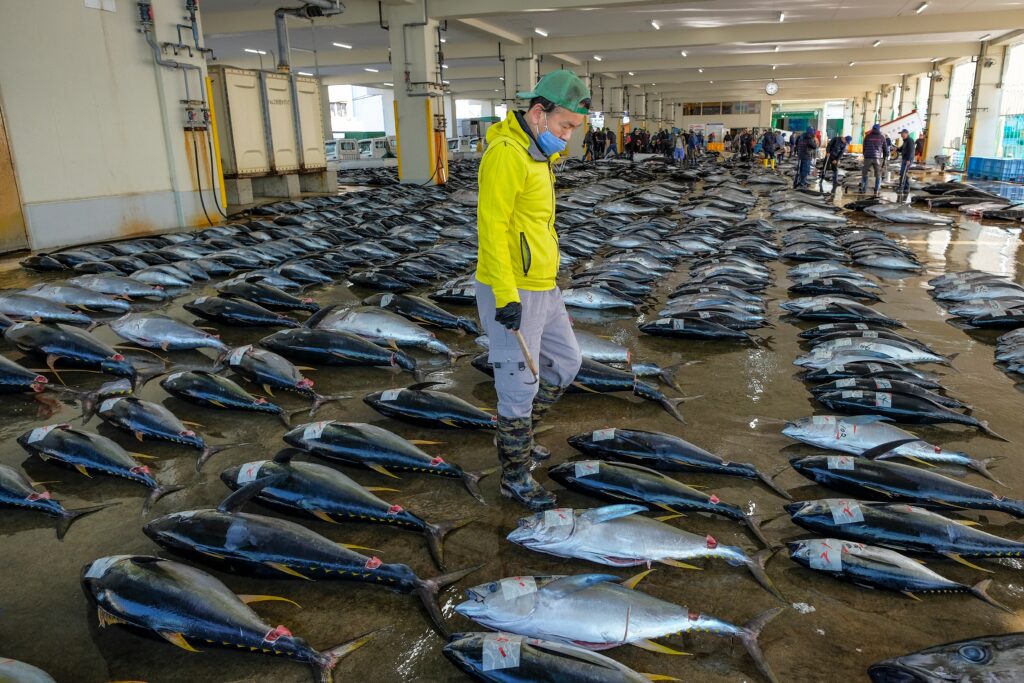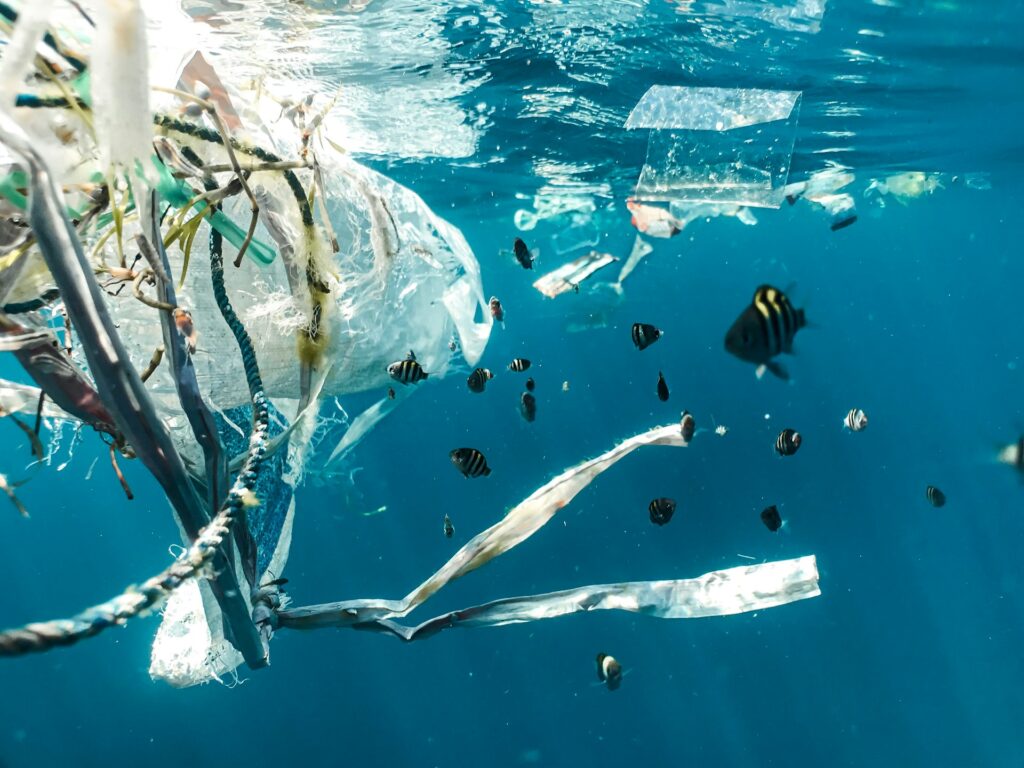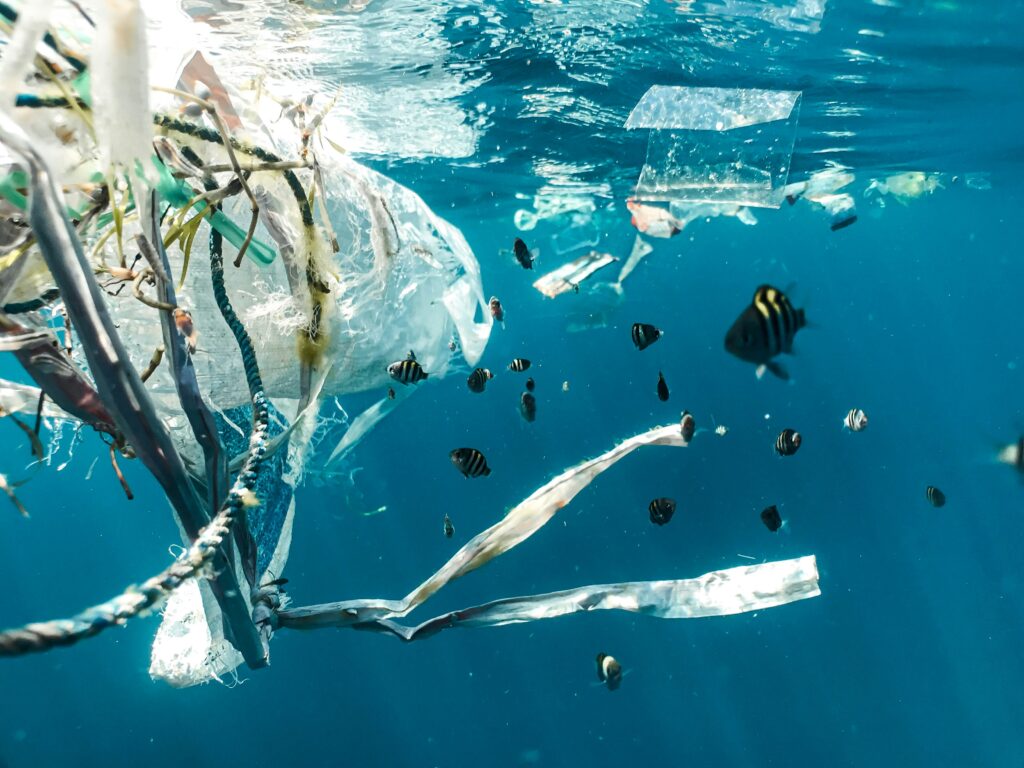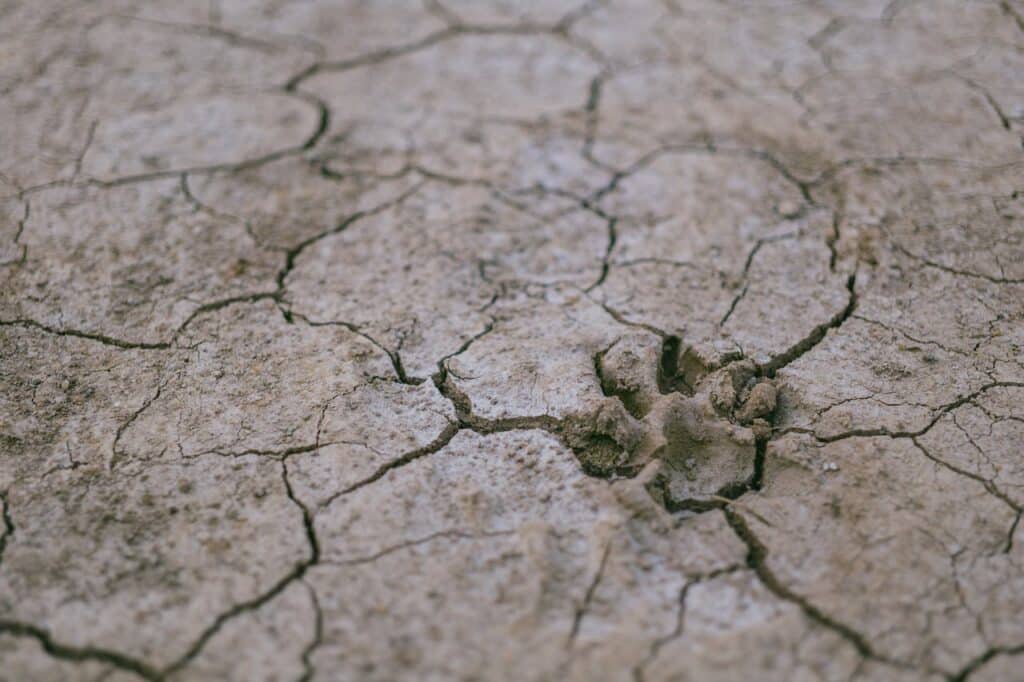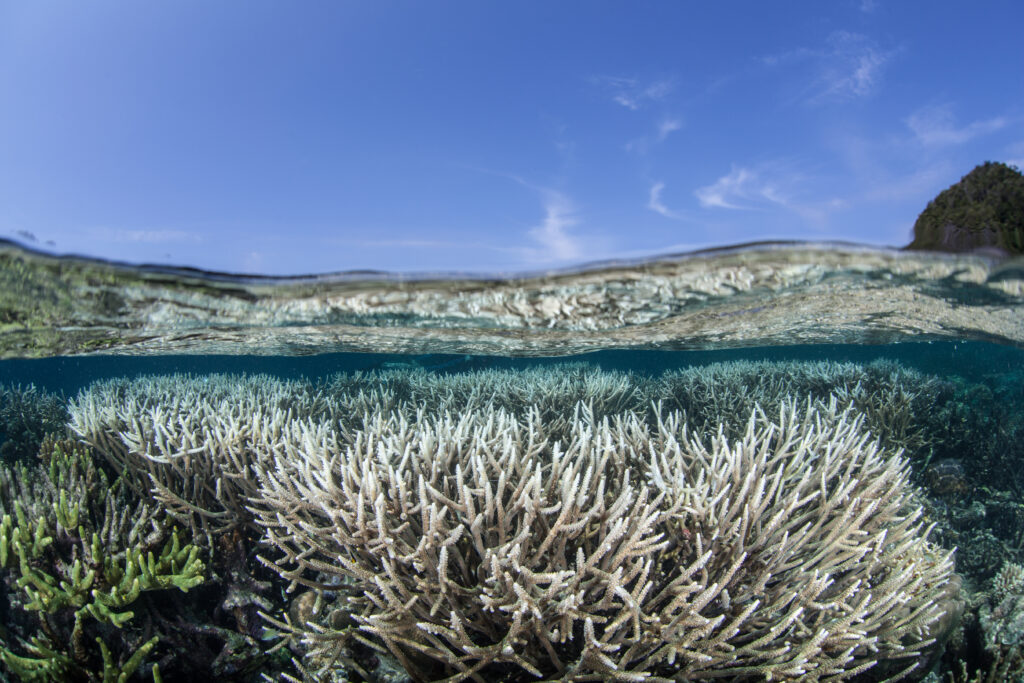Insects are far from the first creatures to come to mind when discussing a looming climate change-induced biodiversity crisis. Much of the focus over the years has fallen on larger, more recognisable animals. Insects, by comparison, are a second thought but represent a significant aspect of life on Earth. Geoffrey Scudder, a professor emeritus at the University of British Columbia, calls them the “biological foundation for all terrestrial ecosystems”. In other words, without insects, life on land would not function as we know it, from agriculture to rainforests.
However, according to a growing body of research, this foundation is under pressure. In the past, insect populations were mostly under pressure from land use changes. For example, modern-day agriculture has led to the vast application of pesticides across the planet. This burgeoning use on crops has profoundly impacted insect population dynamics like honeybees. Other impacts like deforestation, invasive species and wildfires contribute too.
The Impact and Effects of Climate Change On Insects
Climate change and its accompanying temperature shifts are adding to the challenge. A study in the journal Nature Climate Change found that 65% of known insect species are at extinction risk by the end of the century due to climate-related shifts and extreme weather events.
In a separate study in the journal Nature, scientists found that badly affected areas already showed significant global insect declines. They indicated that both climate warming and intensive agriculture contributed to the reductions of insects by almost 50%, along with a 27% reduction in species compared to what the authors called “less-disturbed habitats”.
“Our findings highlight the urgency of actions to preserve natural habitats, slow the expansion of high-intensity agriculture and cut emissions to mitigate climate change,” said Charlotte Outhwaite, one of the authors of the Nature study.
Of these dramatic declines, the tropical regions of the globe fared worse than those outside. Outhwaite’s study mentioned that due to the tropical areas experiencing relatively stable temperatures, the insects have adjusted to “narrower thermal niches”. So, as climate change and land use changes alter the previously stable temperature range, it pushes tropical insect species “beyond their thermal limits”.
A stark example of this decline was found in the Amazon rainforest, where climate-related drought, wildfire and land use changes, like deforestation, wreak havoc on dung beetle populations crucial for spreading seeds and nutrients and suppressing parasites. Researchers found that Amazon droughts brought on by El Niño events led to a 60% drop in dung beetle populations. For those caught in the path of wildfires, almost 70% of the studied areas disappeared. After such disturbances, it can take years for insects in tropical areas to recover.
“Without these important tropical animals [dung beetles], forests damaged by fire and drought will recover much more slowly,” wrote Filipe Franca and Joice Ferreira, who led the research on the dung beetles. “That means they may barely begin their regrowth before the next disaster.”
The interactions between insects, global warming and ecosystems are complex, but what remains certain is that without insects, ecosystems would collapse. However the issues of “when” and “to what extent” are what researchers are still grappling with.
Tom Oliver, an ecologist at the University of Reading, noted in Scientific American that insect populations and ecosystem health go hand-in-hand. However, the potential tipping points where ecosystems collapse are still unknown. He stressed the importance of recognising the issue at hand. “We know that you can’t just keep losing species without, ultimately, causing a catastrophic outcome,” said Oliver.
Disease-spreading Insects and Climate Change
As global environments change and shift into a hotter regime, other species are bound to fill the vacuum left by the insects that go by the wayside. Mosquitoes and locusts — both considered dangerous insect pests by most — arguably illustrate the shifting insect baseline best.
For decades, health and disease experts have warned the public about the links between climate change and mosquito-borne diseases like malaria and dengue fever. This is especially so in developing countries already battling with huge mosquito-borne disease problems. Dr Katie Anders, an epidemiologist and director of impact assessment at the World Mosquito Program, notes that as temperatures warm, it gives rise to expansions in mosquito ranges. She says that developing countries will face enormous challenges.
“This puts more communities at risk and makes more months each year favourable to disease transmission in places already prone to mosquito-borne disease,” Anders said. She went on to say that the impacts of climate-related drought, for example, can inadvertently lead to dengue outbreaks, as mosquitoes breed in stagnant water.
“When households store water in response to drought, this can increase local mosquito breeding sites and disease risk,” said Anders. “Land use changes can also drive migration to cities, increasing the population at risk of explosive outbreaks of dengue and other mosquito-borne diseases.”
Likewise, locusts that wreak havoc on agricultural crops are likely to increase in frequency and severity due to climate change, as hotter and wetter conditions spur plague-like swarms. A few years ago, African countries experienced some of the worst locust swarms ever. In 2019, the Horn of Africa, including Somalia, Ethiopia and Kenya, had up to 400% more annual rainfall. The extreme rain and warmer temperatures boosted locust numbers, which in turn ravaged farmers’ crops across the region. Locust swarms are affecting Asia too. In 2020, India experienced its worst outbreak in 27 years, which caused panic about food security.
Insect Populations and A Warming World
While not all insect-related numbers can be attributed to climate change alone – as land use changes continue to have an outsized impact – warmer temperatures are expected to add an extra layer of pressure on insect populations or, depending on the species, an extra layer of cushioning. Like much else in the natural world, climate change’s impacts look likely to see further instability take hold.
Ashley Crowther
Writer, Australia
Ashley has reported on and photographed key stories on climate change, social development and other issues throughout Asia for nearly a decade. His work has been commissioned and appeared in publications such as the Financial Times, Vice, Marie Claire, The Guardian and more, and NGOs including the UN Foundation. He is the author and lead photographer in Our Dark Materials: Black Carbon & the Himalayas and was part of the team that won The Society of Publishers in Asia (SOPA) award for Excellence in Human Rights Reporting in 2022.
Ashley has reported on and photographed key stories on climate change, social development and other issues throughout Asia for nearly a decade. His work has been commissioned and appeared in publications such as the Financial Times, Vice, Marie Claire, The Guardian and more, and NGOs including the UN Foundation. He is the author and lead photographer in Our Dark Materials: Black Carbon & the Himalayas and was part of the team that won The Society of Publishers in Asia (SOPA) award for Excellence in Human Rights Reporting in 2022.

